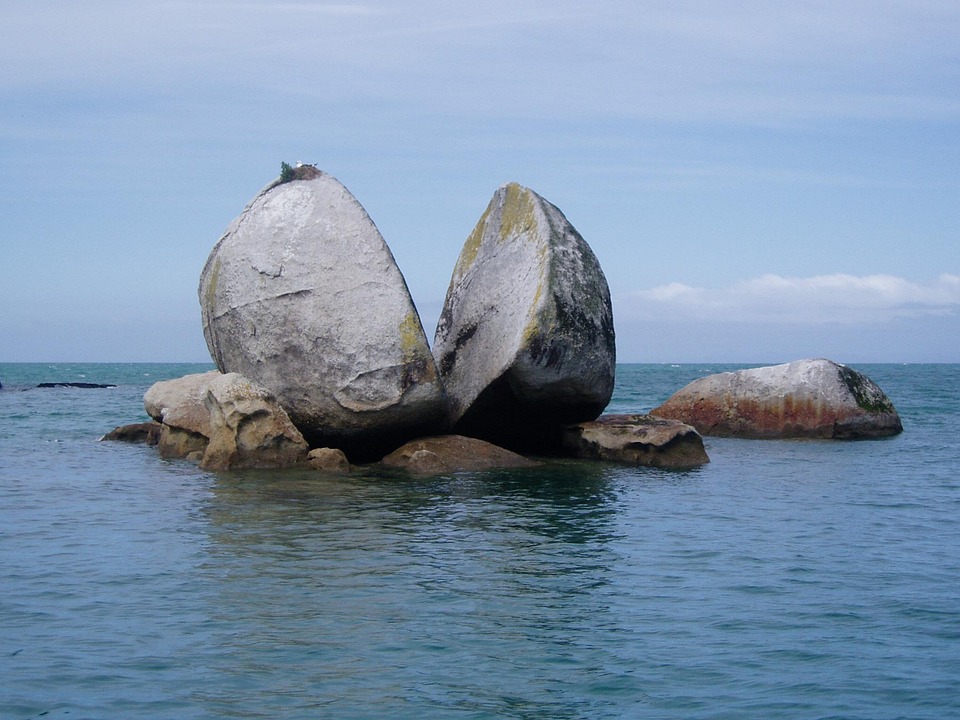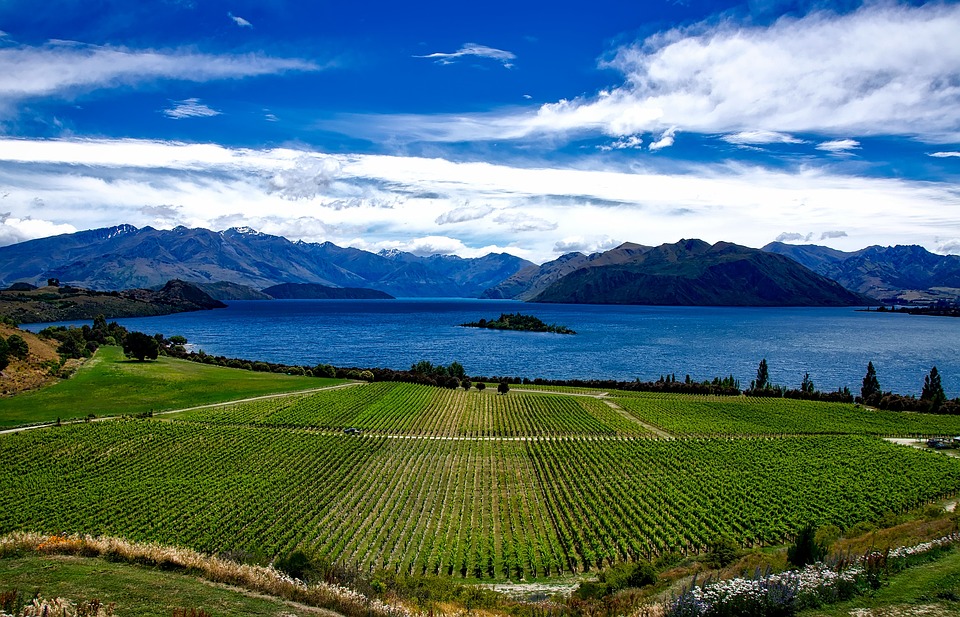Impacts affect livelihoods and fuel displacement and continued instability. Additionally, they can persist even after fights have ended.
In Sierra Leone, for example, “When the guns fell silent in 2002 after a decade of conflict, our primary forests and savannahs also fell silent.“, declared Deputy Foreign Minister Francess Piagie Alghali at the UN. Security Council THURSDAY.
“We have witnessed the loss of biodiversity, the forced migration of wildlife and the abandonment of agricultural fields and wetlands, all direct consequences of the armed conflict. »
Long-term implications
Sierra Leone holds the rotating presidency of the Security Council this month and Alghali chaired a debate on the environmental impact of armed conflict and climate-related security risks.
This conference took place at a time when armed conflicts are raging across the planet unprecedented since the end of World War II and two billion people – a quarter of the world’s population – live in areas affected by conflict.
“Environmental damage caused by conflict continues to push people into hunger, disease and displacement, increasing insecurity,” said Inger Andersen, executive director of the United Nations Environment Program (UNEP).
Conflict leads to pollution, waste and destruction of critical ecosystems, with long-term implications for food security, water security, the economy and health, she explained.
At the same time, climate change “exacerbates tensions” and can even contribute to conflicts – for example over water or land resources.
Crop loss, contamination and flooding
Ms. Andersen cited several examples, including the destruction of Gaza, where two years of war caused the loss of 97 percent of tree crops, 95 percent of scrub and more than 80 percent of annual crops.
“Freshwater and marine ecosystems are polluted by munitions, untreated sewage and other contaminants“, she said, while “more than 61 million tonnes of debris now need to be cleaned up, sensitively to avoid further contamination”.
In Ukraine, the destruction of the Kakhova Dam in June 2023 “resulted in the flooding of more than 600 km² of land, leading to severe loss of natural habitats, plant communities and species, due to prolonged flooding of ecosystems”, she added.
Legal offensive
The debate took place on International Day for the Prevention of Environmental Exploitation in War and Armed Conflict and against a backdrop of growing recognition of the need for global action.
“Significant efforts are being made to strengthen the international legal framework to protect the environment.“said law professor Charles C. Jalloh, a member of the International Law Commission (ILC), a United Nations agency.
While there is no universally binding treaty yet, he highlighted some of the “soft law instruments” that have made contributions to date, including the ILC’s set of 27 draft principles, adopted in 2022.
“These principles, anchored in the law of armed conflict, international environmental law and international human rights law, aimed to strengthen environmental protection before, during and after armed conflicts, including in situations of occupation,” he said.
Strengthen links
Maranatha Dinat of humanitarian organization World Relief delivered a message from Haiti, “where the combined impacts of environmental degradation, climate change and socio-political instability are mutually reinforcing, undermining peace, security and sustainable development.”
She stressed the need to “strengthen the links between humanitarian action, climate adaptation and peacebuilding” in order to strengthen resilience, promote social cohesion and ensure lasting stability.
Ms. Andersen explained how the international community can help countries affected by conflict, starting with rebuilding their environmental management capacity.
Such support “enables governments to manage natural resources for sustainable development, economic recovery and climate adaptation, thereby reducing poverty, hunger and aid dependency”.
Climate change adaptation and mitigation
She also called for increased investment in climate adaptation. UNEP has published its latest Emissions Gap Report This Weekwhich reveals that the world is struggling to limit the increase in global temperature to 1.5 degrees Celsius above pre-industrial levels.
“As we head towards Belém, therefore, for COP30high ambition is needed on both adaptation and mitigation,” she said.
“Every fraction of a degree counts, and every fraction of a degree avoided means less loss to people and ecosystems – and greater opportunities for peace and prosperity. »
Originally published at Almouwatin.com








